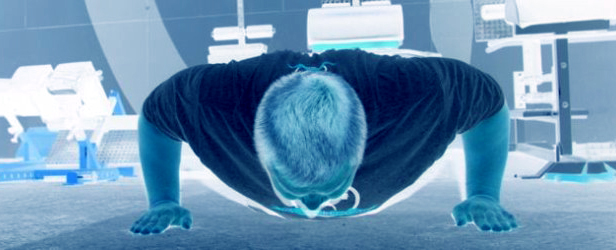
In part one of this article series, I gave a brief overview of what plyometrics are and discussed things you should consider in implementing them. Now that those things are better understood, it's time to look more specifically at plyometric selection and how sport and athletic profile will dictate selection.
Types of plyometrics
There are many ways to classify plyometric exercises. For the purposes of this article, I'll use plyometric exercises based on intensity.
- Low-level plyometrics: These are plyometrics designed to improve ankle stiffness and can be used as a conditioning tool, especially for prepubescent athletes. Exercises include the agility ladder, jump rope, and pogo hops.
- Deceleration plyometrics: These plyometrics focus on improving eccentric strength and energy absorption. Depending on specific exercises, this type of plyometric can cause high fatigue, especially with novice athletes. Any jump that requires sticking the landing falls under this category.
- Acceleration plyometrics: These plyometrics involve developing concentric strength, which means long ground contact time. Any type of explosive medicine ball throws or jumps with rhythmical patterns fall under this category.
- Max speed transfer plyometrics: These are aimed at improving elastic abilities, which means short ground contact time. These plyometrics cause the highest amount of fatigue and central nervous system stimulation. Depth jumps, bounding, and jumps from a pre-run are the most common plyometrics in this category.
Now that we've classified our plyometrics, it's time to analyze how to select the appropriate ones based on your athlete’s profile and sport.
Athletic profile
To simplify things for the purpose of this article, I will classify all athletes under two categories—power and elasticity. To determine what profile your athlete falls under, I'll use the vertical jump test as an example. If your athlete performed a vertical jump of 33 inches and immediately after performed another jump of 28 inches, chances are you have a power athlete. The athlete used so much energy on the one jump that he didn't have much left for the following one. On the contrary, if you had a different athlete do the same test and both jumps measured 29 inches, your athlete is displaying elastic qualities—the ability to store and release energy in an efficient way.
Based on the results of the test you used (and there are other tests to show whether your athlete is powerful or elastic), you can dictate the direction of your plyometric program. Obviously, if your athlete lacks power, plyometrics involving long ground contact time should be the main focus. Conversely, if your athlete is powerful, plyometrics with an elastic emphasis should be implemented. Remember, just like any other part of an athlete's program, your plyometric program should be balanced and incorporate both.
Sport
Athletic profile is important in determining plyometric selection but so is the type of sport. Remember, you want your training to transfer over in some capacity for the appropriate demands of the sport. For example, soccer requires a good amount of sprinting and change of direction. Therefore, developing elastic abilities is vital in order to experience success in this sport. A sport can also have different metabolic demands. Football demonstrates this. Wide receivers and defensive backs need to be elastic for the type of sprinting they do over the course of a game. Conversely, linemen may, at the most, sprint five to ten yards, so their focus should be acceleration based.
In closing, one should know the demands of a given sport and what type of plyometrics will be most beneficial to those demands. Once you have a firm grasp on this, exercise selection is relatively simple.









